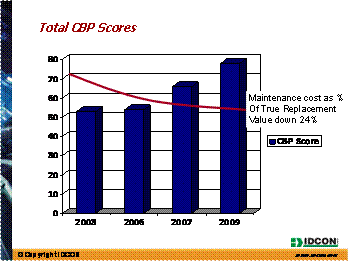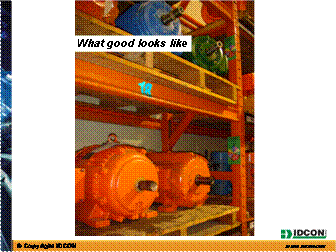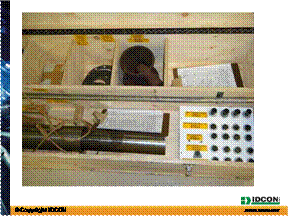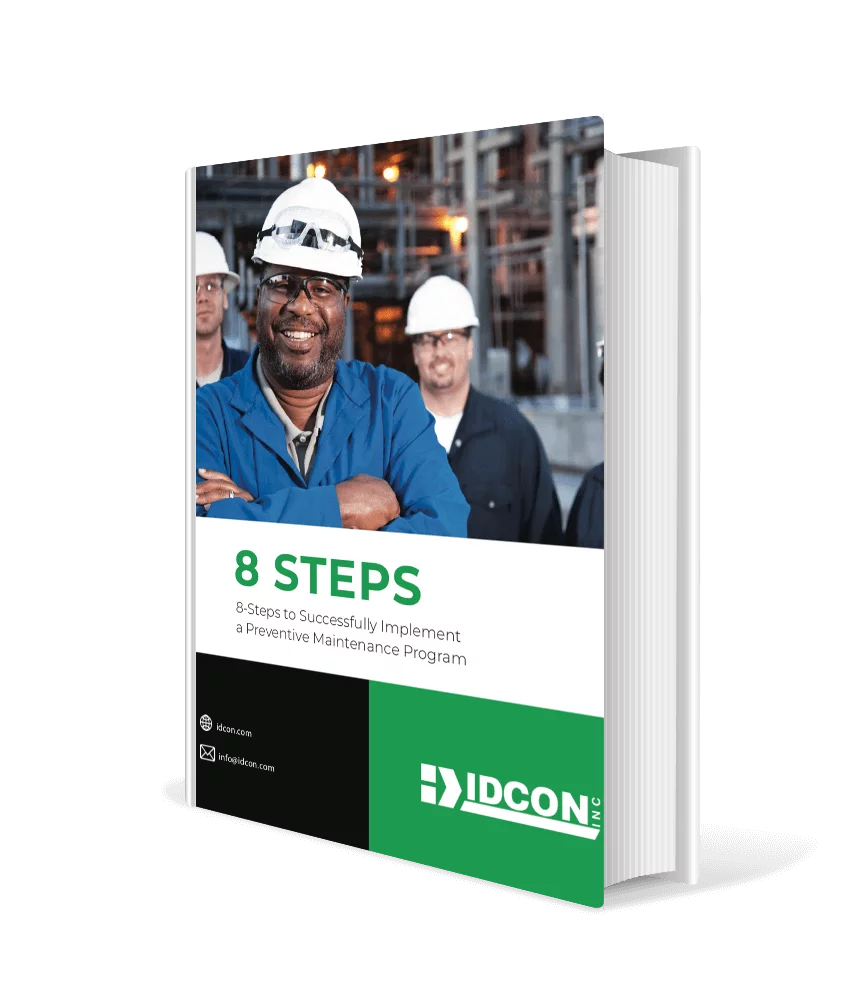What is a World-Class Maintenance? And what plant was the first world-class maintenance organization?
Since 1972 I have been bench marking maintenance organizations all over the world.
In 1992 IDCON structured a very formal way to do evaluations and benchmarking of maintenance organizations.
The structure includes about 285 Current Best Practices elements. Each element is evaluated and rated on a scale from one – one hundred. We have different types of maintenance assessments, including an 18 point self-assessment survey you can take and submit your score.
TAKE THE SURVEY and SUBMIT YOUR SCORE
A guide is used to direct the audit team to assess the performance rating. The methodology is based on the right things to do and leaves it to each organization how to execute each of these elements.
Over the years a large number of organizations representing a wide range of industries including Food processing, Steel, Pulp, Paper, Wood, Mining, Chemical, Power and many more have used the same model to discover improvement opportunities and to measure and drive progress towards measurable goals.
Some companies choose to train their own audit teams to do audits; many have used IDCON’s objective assessment to do them. The average score for all plants is 39 which indicates following;
| 1) Documentation exists, not always readily available and/or used. |
| 2) Process awareness at management level. |
| 3) Process viewed as value-added at some levels and/or plant areas. |
| 4) Process status is somewhere between implementation & execution. |
The first world-class maintenance organization assessed by IDCON scored 78. This was after two assessments and IDCON helping them to develop an implementation plan to bridge their gaps.
It is normal that IDCON works with organizations that do have substantial improvement opportunities so there are of course many more very good and even perhaps world-class maintenance organizations in the world.
A score of 78 indicates following;
| 1) Documentation exists, used at all levels. |
| 2) Process awareness at hourly workforce level. |
| 3) Process is viewed as value-added at all levels. |
| 4) Execution of process is occurring. |
The journey towards world-class maintenance performance for this food processing plant started in 1999.
A new maintenance manager started an improvement initiative but it took some time before the organization showed an interest and started to do some serious improvements.
In the beginning, many of the crafts people saw the improvement initiative as a threat. They had much overtime and feared that their earnings would suffer. A break through for this plant was when the company and union agreed to a monthly salary for all maintenance employees including overtime for any reason.
Another important break through came when this maintenance manager became the corporate reliability and maintenance manager.
This plant is one of 23 plants in the same corporation and corporate management realized that the hidden potential in improved reliability represented at least one of their average size plants.
With 4,000,000 cows pushing milk through their plants reliability is obviously crucial.
In 2001 this plant and some of the other plants in the corporation made self assessments of their maintenance processes.
They all scored themselves between 70 and 80 on a scale of 100. It is obvious that if you score that high you do not have much to improve upon, you are already world class, or you are too generous with the score.
Next break through came in 2003 when corporate with representatives from all plants attended a maintenance conference and as a result contracted IDCON to do educate key people and to adopt the Current Best Practices (CBP) document to their plants.
Only about 5% of content needed to be adjusted. Most of changes was terminology.
Key selling points to the plants included:
- Improvement initiatives must be implemented in a partnership between operations, maintenance, stores and engineering.
- Common results measurement is total reliability including Quality, Time and Speed.
- Cost is an outcome of better reliability.
- Organization will evolve towards more cost effective preventive maintenance, less unplanned and unscheduled corrective maintenance work and more time will be devoted to do root cause problem elimination. This concept helps motivate people and to drive out the fear for people to be eliminated because of improved productivity.
- Improvements were necessary to help handle the future attrition of crafts people. In some plants up to 50% in next five years.
The first CBP audit by IDCON and corporate audit team resulted in a score of 53. Next assessment was done in 2006.
It indicated little progress to a score of 54. It was then decided that next audits would be done 2007 and 2009.
The organization then started to believe in the seriousness from corporate, that this improvement initiative was here to stay.
2007 they reached a score of 66 and the improvements started to take hold.
2009 they reached world-class maintenance organization with a score of 78.
IDCON’s definition of world class is a score of 75.
When visiting this plant, the first observations include a close cooperation between maintenance, operations, stores and engineering, a visible team spirit and pride in accomplishments.
Visible observations comprise well organized work shops, staging areas for planned and scheduled work, clean and well organized store with shafts of all rotating equipment facing the isles so they can easily be rotated to avoid damage.
Each area had few but important key performance indicators and written goals posted and referred to in meetings and so on.








